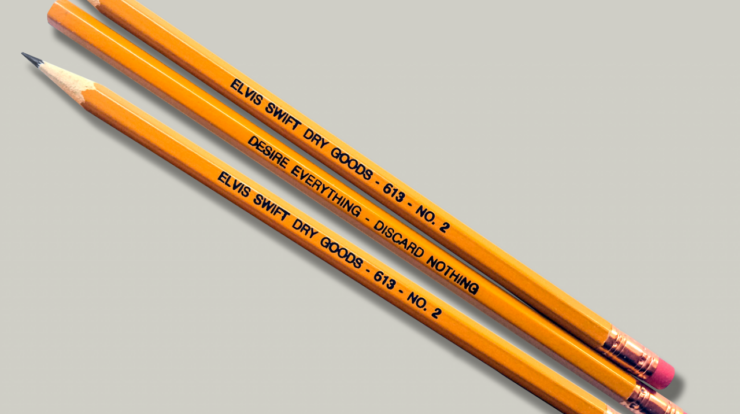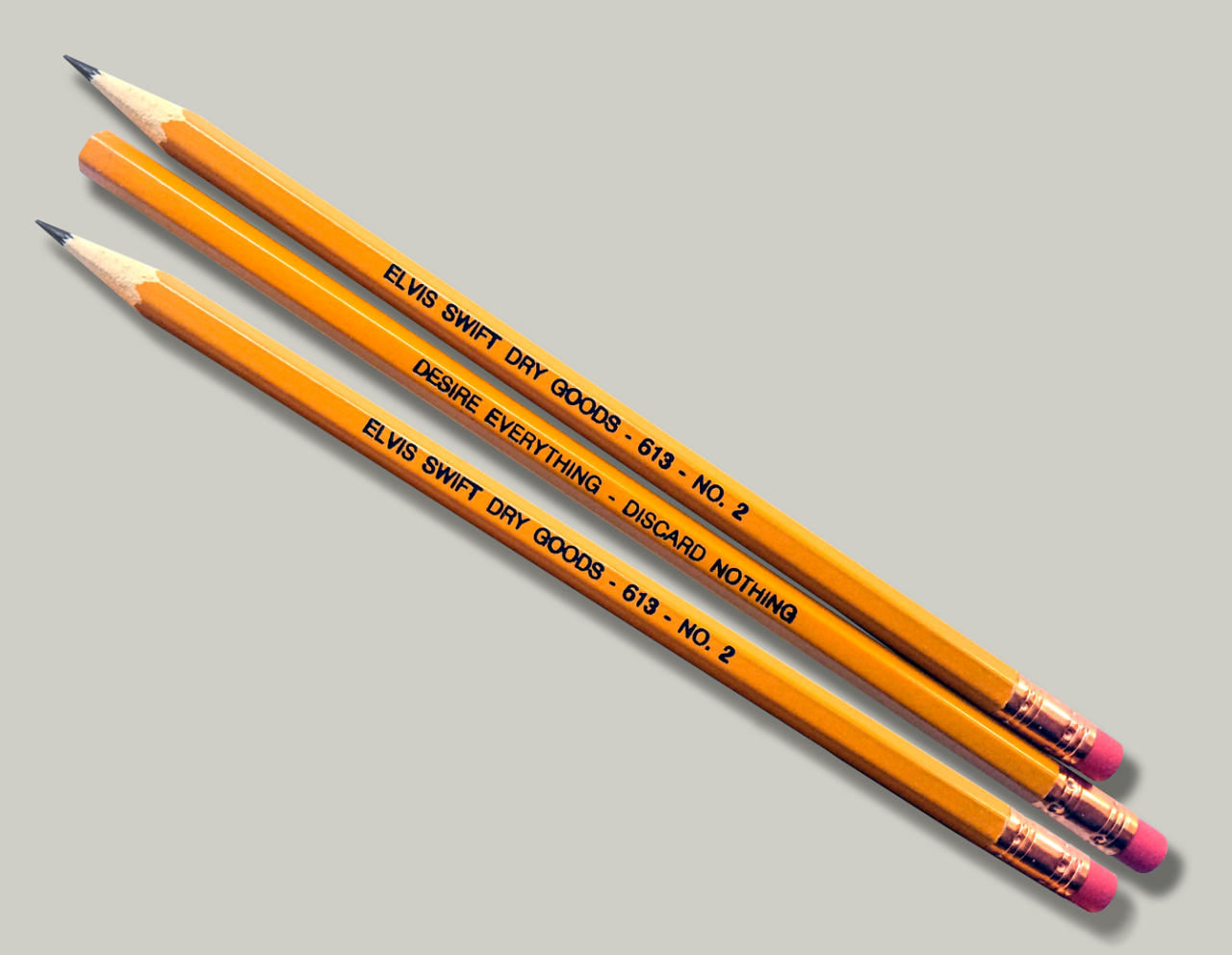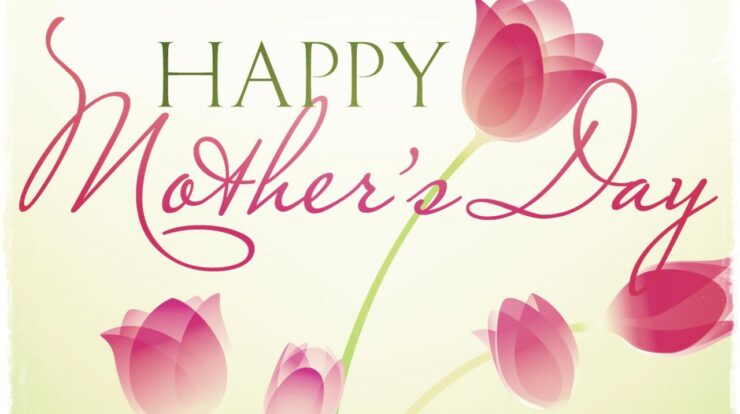
Beginning with pencil definition, the narrative unfolds in a compelling and distinctive manner, drawing readers into a story that promises to be both engaging and uniquely memorable. From its humble origins to its diverse applications, the pencil has left an indelible mark on human history, serving as an indispensable tool for artists, writers, and countless others.
Delving into the pencil’s anatomy, we uncover the intricate interplay of its components, each meticulously designed to facilitate writing and drawing. The core, the heart of the pencil, determines its hardness or softness, while the casing protects it from breakage and provides a comfortable grip.
The eraser, a seemingly simple addition, plays a crucial role in correcting mistakes and refining creations.
Pencil Definition
A pencil is a writing or drawing instrument that consists of a narrow, solid core of graphite or colored pigment encased in a protective barrel. The word “pencil” derives from the Latin word “penicillus,” meaning “small brush” or “paintbrush,” which was used to describe the original writing tools made from animal hair.
Etymology
The term “pencil” has undergone several linguistic transformations over time. In the 16th century, it referred to a small brush used to apply paint or ink. As graphite became widely used as a writing material in the 17th century, the term “pencil” gradually came to be associated with graphite-based writing instruments.
Types of Pencils
Pencils come in a variety of types, each with its unique characteristics and uses.
Graphite Pencils
Graphite pencils are the most common type of pencil. They are made from a mixture of graphite and clay, which determines their hardness or softness. Graphite pencils are used for a wide range of applications, from writing and sketching to technical drawing.
Charcoal Pencils
Charcoal pencils are made from compressed charcoal. They produce a rich, velvety black line that is ideal for drawing and sketching. Charcoal pencils are often used by artists to create dramatic effects.
Colored Pencils
Colored pencils are made from a mixture of pigments and wax or oil. They are available in a wide range of colors and are used for drawing, coloring, and mixed media artwork.
Pencil Anatomy
A pencil consists of several components that work together to provide a writing or drawing experience.
Core, Pencil definition
The core is the central part of the pencil and contains the writing or drawing material. Cores can be made from graphite, charcoal, or colored pigments.
Casing
The casing surrounds the core and protects it from breakage. Casings are typically made from wood, but can also be made from plastic or metal.
Eraser
Many pencils have an eraser attached to one end. Erasers are used to remove pencil marks from paper.
Final Summary

In conclusion, the pencil is more than just a writing implement; it is a testament to human ingenuity and creativity. Its versatility and affordability have made it an essential tool in fields as diverse as art, education, and engineering. As we continue to explore the pencil’s rich history and applications, we gain a deeper appreciation for its enduring significance and the indelible mark it has left on our world.
FAQ Overview: Pencil Definition
What is the difference between a pencil and a pen?
A pencil is a writing implement that uses a solid core of graphite or charcoal, while a pen uses a liquid or gel-based ink.
What are the different types of pencils?
Pencils come in a variety of types, including graphite pencils, charcoal pencils, and colored pencils.
What is the pencil grading system?
The pencil grading system is a standardized method of indicating the hardness or softness of a pencil core.





